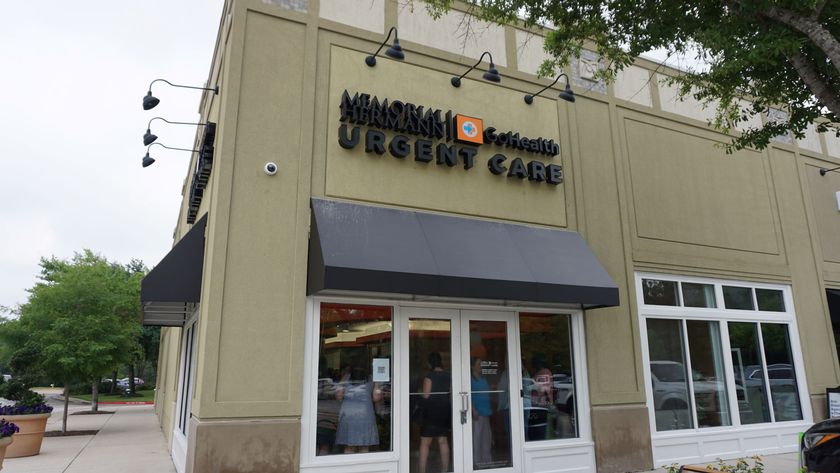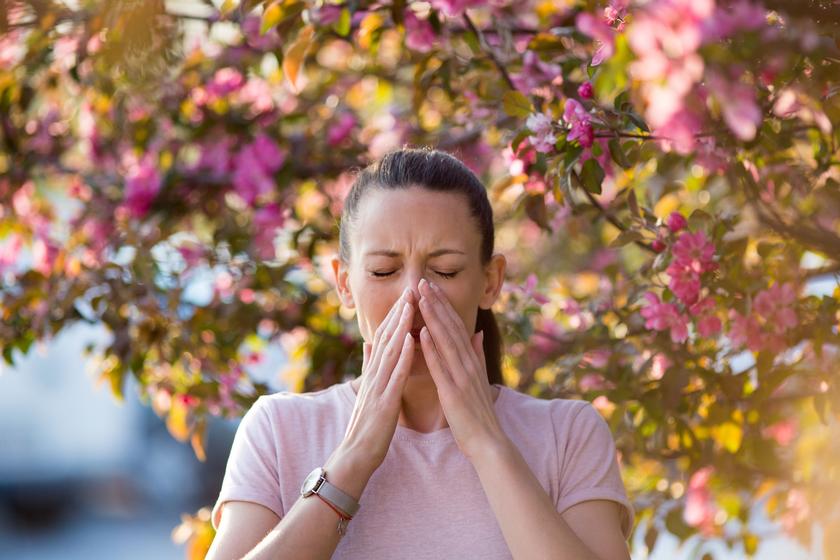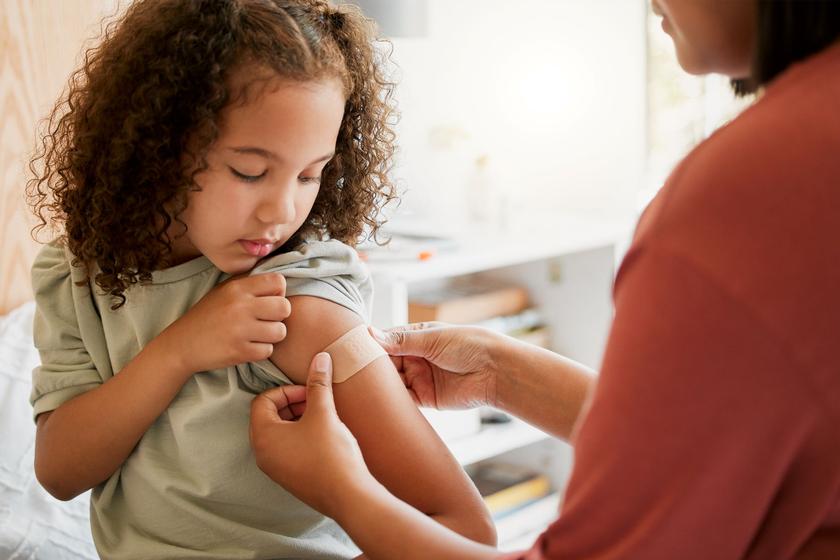- Sections :
- Crime & Public Safety
- Restaurants & Food
- Sports
- More
Memorial Hermann-GoHealth Urgent Care has tips for you to prepare for a busy Atlantic storm season

THE WOODLANDS, TX – Hurricane Beryl left millions without power and first aid, and meteorologists expect the 2024 Atlantic hurricane season will continue to be remarkably active. Near record-high ocean temperatures and a La Niña weather pattern have led the National Oceanic and Atmospheric Administration (NOAA) to forecast 17 to 25 total named storms during the Atlantic hurricane season between June 1 and November 30, with 8 to 13 forecasted to be hurricanes (winds of 74 mph or higher) and 4 to 7 will be category 3, 4 or 5 hurricanes (winds of 111mph or higher).
“Long-time Houston residents know our area can experience truly ferocious storms, such as Hurricane Harvey in 2017,” said Alden Fedke, a lead nurse practitioner for Memorial Hermann-GoHealth Urgent Care. “Houston has attracted newcomers from across the country, and our metro area grew by 140,000 people just last year. But many of our new neighbors have never lived through a single hurricane season. Every family should review these tips to guard their family’s life and health at this time of year.”
Nurse Practitioner Fedke shared her tips on how to prepare for a serious storm and deal with its aftermath.
Before the storm: It is never too early to prepare for the wind, power outages and flooding that often come from a hurricane. Don’t wait until store shelves are depleted to get the emergency supplies you need, Fedke said.
- Stock up on bottled water for at least three days. Flooding can damage the public water supply and water treatment plants, but having clean drinking water is essential for your health. If you can store it, the U.S. Food and Drug Administration recommends keeping a two-week supply of bottled water in a dry, dark place. Each person in the family will need one gallon of water per day. Those with medical devices that need routine cleaning should keep more water on hand.
- Have enough ready-to-eat food for at least three days. When the power goes out, even the simplest meals become difficult, so plan ahead by storing non-perishable foods that don’t require cooking or cooling. Consider the needs of everyone in your home, including infants and pets. Be sure to keep a manual can opener with the food supplies.
- Remember cleanliness essentials. Make sure you have toilet paper, diapers and rash cream, moist towelettes, personal hygiene products, hand sanitizer, and garbage bags with plastic ties for trash. Stock unscented household bleach to help with disinfecting surfaces and post-storm cleanup.
- Be ready to go off the grid. If you have a generator at home, check that it’s ready to run and store the fuel out of reach of children and pets. When it’s running, be sure that there’s plenty of ventilation to keep your family safe from exhaust gases, and your home safe from fire risks.
- Pack your emergency kit. Your emergency kit should have flashlights or headlamps for each person in the family, extra batteries, a first aid kit, thermal blankets, rain ponchos, a whistle to signal for help if needed, face masks to filter contaminated air, wrenches and pliers to turn off utilities and a fire extinguisher. Your kit should also include insect repellent with DEET or picaridin, as floodwater encourages mosquitoes.
- Charge your communication devices. Make sure communication devices and backup power banks are fully charged before the storm hits. Packing a solar-powered charger in your emergency kit will also help you keep your phone charged and ready to use when electricity isn’t available. Sign up for emergency alerts for the city and county you are in, and download the FEMA app, which delivers emergency weather alerts for your location to your phone and helps you find open shelters. A battery-powered or hand crank radio will also help you monitor emergency alerts during a storm; experts also recommend a NOAA Weather Radio with a tone alert.
- Gather essential medications and prescriptions. Remember that businesses such as pharmacies may be closed during and after the storm. In addition to a basic first aid kit, the FDA suggests assembling an emergency medical kit including a copy of all prescriptions and at least a week’s supply of each medication in watertight containers. If any medication requires refrigeration, such as insulin, make sure to have cold packs and a cooler handy. Some medical supplies, such as diabetes test strips, can be damaged by heat and humidity, so do your best to keep them cool and dry. Include pain relievers, anti-diarrhea medication, antacids or laxatives, along with prescription eyeglasses and contact lens solution.
- Stay warm. Make sure everyone in the family has a sleeping bag or a warm blanket, along with sturdy shoes and a complete change of clothes.
- Make copies of important documents and put them in a sealed waterproof bag. These should include health insurance cards and insurance policies, along with any important medical records and family records for things like bank accounts, titles and deeds.
- Don’t forget your pets! Have at least one week of food, water and medication, pet litter if needed, and vaccination and medical records for your pets or service animals. A pet-specific first aid kit that includes veterinary antibiotic ointment may come in handy. Ask your vet about microchipping your pet. This will help them come home if you get separated in the storm.
- Help vulnerable family and friends. If anyone in your family is medically fragile or has mobility, communication or other medical issues, sign up with the State of Texas Emergency Assistance Registry; they’ll share your information with first responders and state agencies that can help.
- Fill your vehicle’s gas tank. Study the area’s current evacuation zones and evacuation routes to know which ones apply to your family. Evacuation zones are updated every year, so check to see if yours has changed. Evacuations are staggered to reduce highway congestion, so follow official instructions. Create a plan with agreed-on meeting points for your family.
During a storm: If you are at home, follow these safety practices, Fedke said.
- Stay inside and away from areas with glass. Avoid windows, doors and skylights, and stay on the downwind side of the structure.
- Fill containers and tubs with clean tap water. This ensures you have a supply of water if the regular supply is disrupted.
- Set the refrigerator to its coldest setting. This helps keep food safe during a power outage for as long as possible.
- Keep the radio on and monitor it for alerts. Stay informed about the latest updates and instructions from emergency officials.
- Use generators safely. If you have a generator, do not use it indoors to avoid carbon monoxide poisoning.
- Manage power outages. If the power goes out, switch off major appliances to avoid a power surge when the lines are repaired.
After a storm: Even after the storm passes, the danger isn’t over, Fedke said.
- Shelter where you are until authorities say otherwise. If you evacuated, don’t return until permitted. You may be required to prove residency before entering an evacuated area.
- Watch for downed power lines and other hazards, such as weak tree limbs or damaged roads or bridges. If your home shows signs of structural damage, don’t re-enter until it has been checked by officials. Avoid contact with floodwater.
- Don’t use tap water until you are certain it is not contaminated. Don’t risk eating spoiled food; use dry or canned food instead. If you need emergency food, this list of area pantries supplying disaster support boxes is updated daily.
- Recover after the storm by following CDC guidelines for safely cleaning up floodwater-contaminated areas and preventing mold growth. If you must remove debris, make sure you have sturdy shoes, heavy work gloves, and protective glasses. Follow strict safety protocols with power tools, including pressure washers. Be especially careful with chainsaws, which send about 36,000 people to emergency rooms every year, according to the Centers for Disease Control (CDC).
“Preparing for an emergency makes us more resilient as families and communities,” Fedke said. Memorial Hermann-GoHealth Urgent Care is committed to helping our neighbors stay safe, healthy, and prepared for extreme weather events, including high winds, unexpected flooding, cold snaps, and heat waves, so we can remain Houston Strong.



















